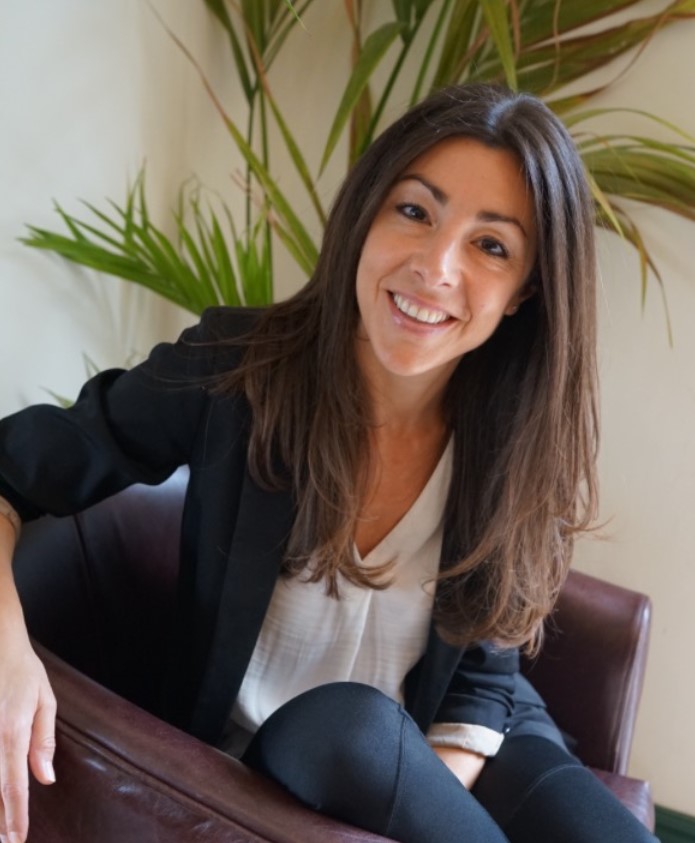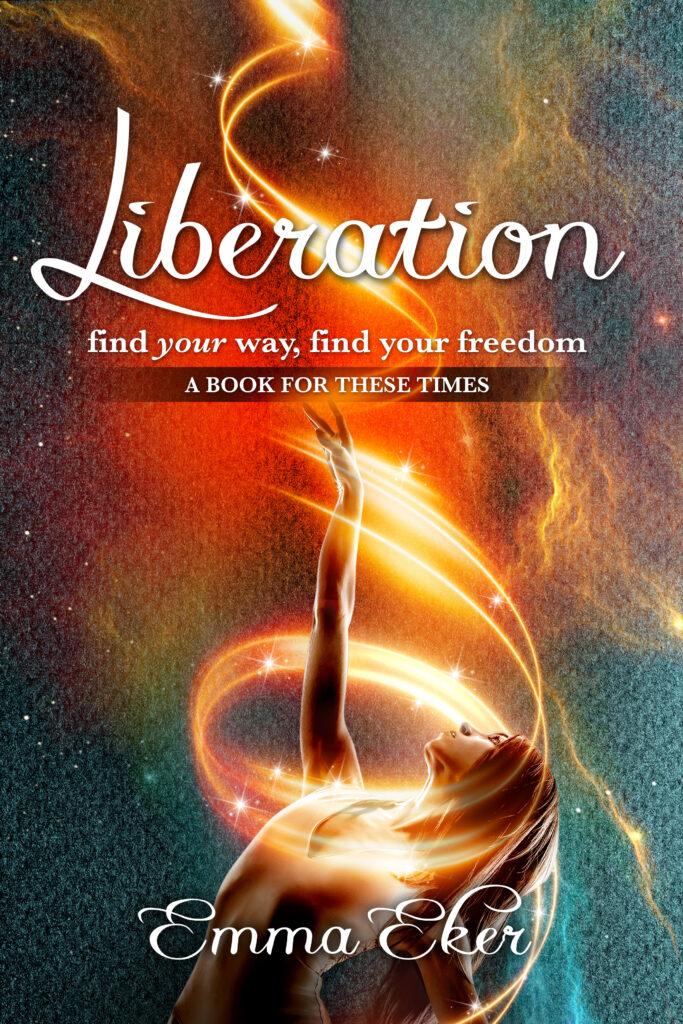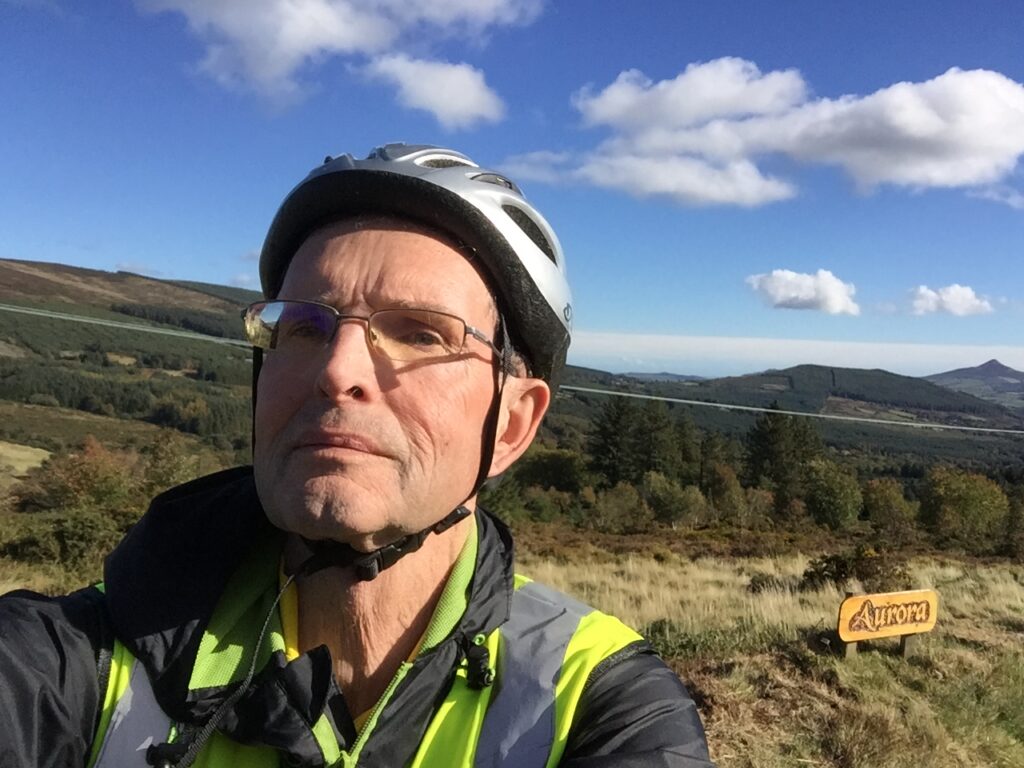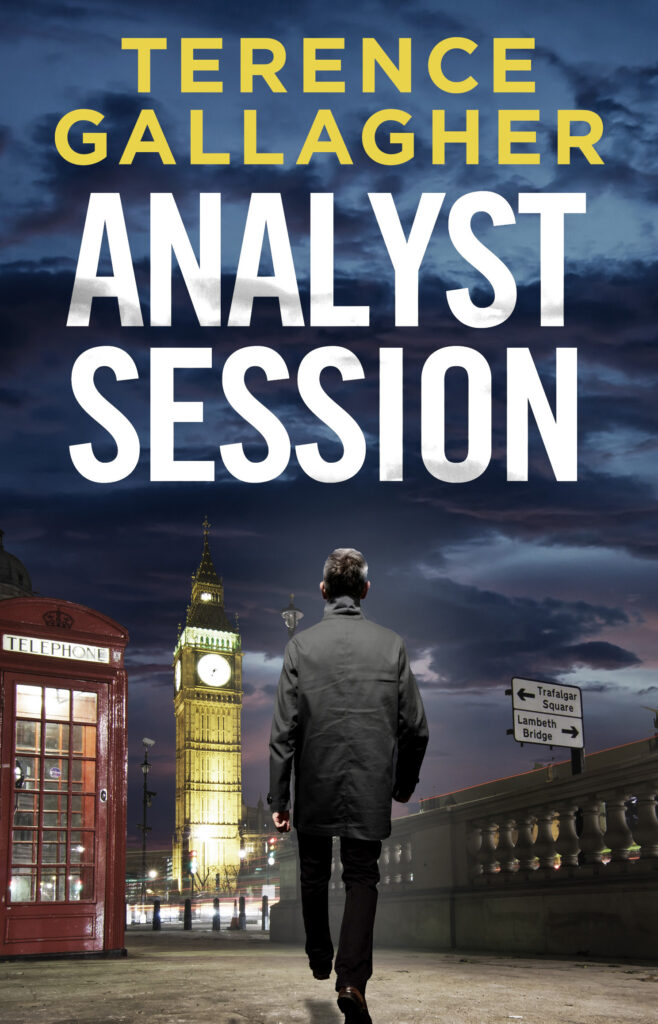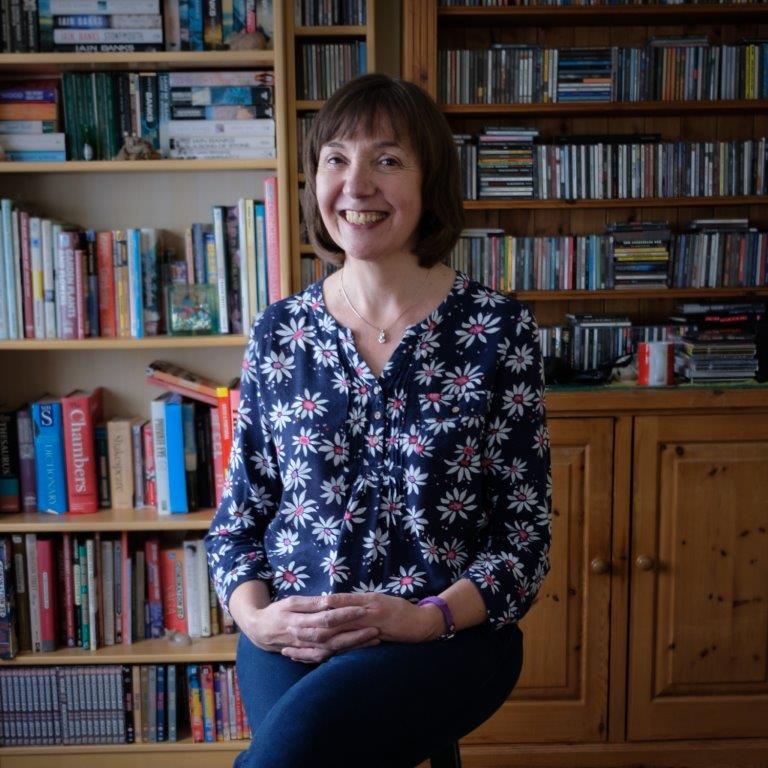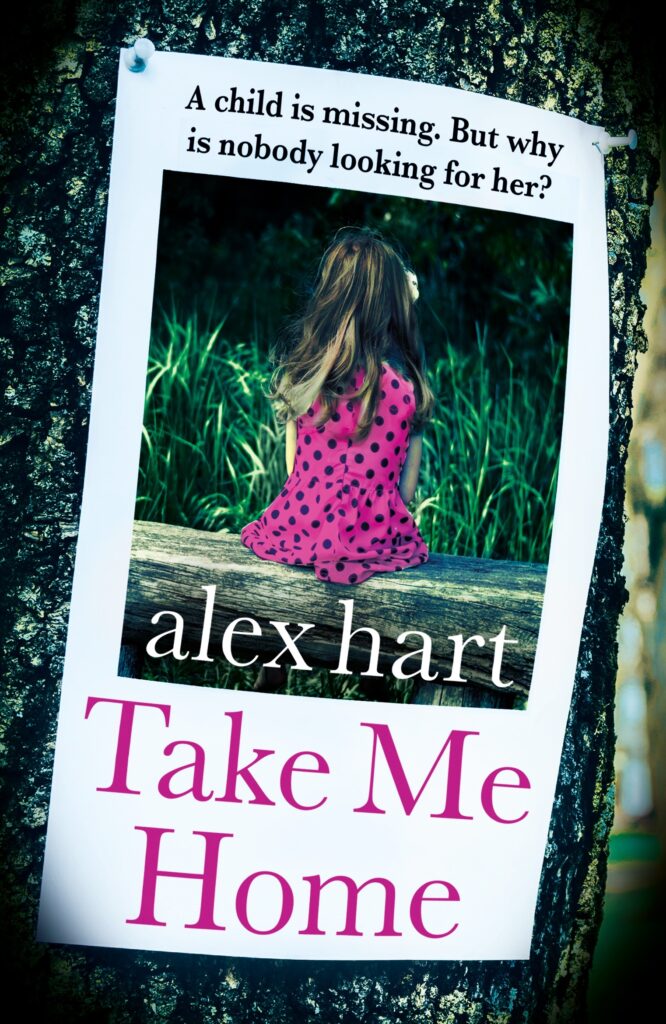Creating a successful image of yourself is a big part of excelling in the business environment.
When you look the part, you’re more inclined to feel the part. You’ll have the appearance of someone who knows what they’re doing, coming across as being confident and sure of yourself. Even during tense negotiations or important client meetings, you will still appear as if you are in control.
Some workers have even found a way to look busy and successful without actually doing anything useful at their place of work. There is a power in a look, and one would be foolish to underestimate it. Of course, we are not recommending putting style over substance; only to fuse the two together in a mutually complimentary fashion.
Therefore, here are a few tips suggested by UtilitySavingExpert.com that will help you appear more successful in a business environment.
Practice Good Hygiene
A successful image starts at basic hygiene.
It might seem obvious, but no amount of fancy clothes or bottled odours can mask what is undoubtedly poor personal hygiene. Cleanliness is the starting point from which you can create your perfect persona, from which you can add more touches of character to polish up your air of success.
Successful people have money, and money buys showers and soaps. Use them both well, because if you skip the wash, then every other effort you make to look successful will fall decidedly flat. Floss your teeth, trim your nose hairs, clean your hair with shampoos and conditioners, and keep your nails trimmed or clipped to a presentable standard too.
If you can’t perform the basics of day-to-day life, then who can say that you can represent the interests of a company? The essentials can’t be missed, so commit yourself to them for the best results possible.
Wear Luxury Accessories
It’s the extras that communicate real success, showing your ability to go the extra mile with your money.
Desiring a quality timepiece? Certified Nomos watches sold by Chronext are all brand-new, backed up by a flurry of great reviews. Fast delivery times are also available, and you can search for over 7,000 excellent watches until you have found one that speaks to you. Such a range of choice is not only to be commended but utilised to the full also. These watches are a fresh update in the industry, being incredibly elegant thanks to their minimalist design, all of which is the will of a younger company.
Accessories always lend extra dynamics to an ensemble, and the more depth your look has in the business environment, the better. It tells people that you pay attention to details, that you have an appreciation for tradition, and that you’re familiar with making good decisions.
It’s not crass to celebrate the fruits of your labours, either. There’s a fine line between showing off and enjoying your success, and most accessories can help communicate the latter. Additions such as the watch have practicality as well as style, as do things like glasses, headbands, and bags, all of which have incredibly stylish variations if you search hard enough. Flaunt your success – you’ve earned it!
Develop Your Body Language
Anyone can wear a fancy suit and flashy accessories. The real question is – will your demeanour help or hinder you in wearing them well?
A suit can only ‘suit’ you if you have the charisma and swagger to pull it off. One glance at the models who adorn them in the broadsheets will tell you that their attitude sells it. The character comes through the clothes, not from them. Adopting your body language when you’re wearing your business attire is what lets people know that you’re not only stylish, but serious about being so.
Your success shines through in every movement you make. Great body language may include:
- Keeping Your Head Up: Averting your gaze to the floor might be perceived as a sign of weakness. Look everybody in the eye, and face everything in your working day head on.
- Holding Your Shoulders Back: Slumped shoulders will drag down the rest of your posture with them, likely stooping your back also. Keep them back to a degree, so that they can better accentuate a confidently bold pose.
- Uncrossing Your Arms: Many people interpret crossed arms as a sign of tension or confrontation. Keep your arms at your side, and you will have an air of openness about you, which is attractive to all your colleagues in clients for business-related enquires.
- Maintaining Handshakes: Much can be communicated in something as simple as a handshake. Early withdrawal can indicate nerves, too late an end might flag an overbearing nature. A strong grip and 2-3 shakes is the best way to land a positive first impression.
- Controlling Your Facial Expressions: Business can often be like a game of poker, whereby you don’t want to give away your true feelings on matters so easily. Maintain a pleasant demeanour, smile and schmooze, and master suppressing frowns or contorted expressions. Successful people are never broken.
There’s a great deal of subtly in body language that can influence what direction things take in business. Some of the tips above may not be particularly revolutionary, but they can be reasons why people fail job interviews or land a bad impression with potential clients. Textbook ideas are textbook for a reason, so keep them in mind.
Practice Your Speaking
You might think you have been able to speak since you were a small toddler, but business environments require something a little extra in the speech department.
Clear diction, pronunciation, and a wide vocabulary are all incredibly useful assets. The ability to articulate yourself properly is vital in circumstances such as presentations, performance reviews, or any important series of meetings. Not only are you discussing the topic at hand, but you’re also using persuasion to subtly demonstrate your worth to the clients and colleagues around you.
Short, minimal responses won’t impress anybody, neither will long-winded speeches that lead to nowhere. Try to land your own speech patterns somewhere in the middle, where you use every sentence to full effect. Consider seeking professional support, such as presentation skills training, to refine your delivery and maximize your impact. An aptitude for crisp storytelling and charming turns of phrase could serve you well also.
Public speaking is now required in many fields. In 2016, Jeannette Nelson who serves as head of voice at The National Theatre, said that “your voice […] carries your history as much as anything”, and that people tend to become more self-conscious when told such a thing. If you embrace that side of things openly, though, you can appear more successful as your confidence radiates through your speech patterns.
Help Your Colleagues
It might seem like a rather cheesy point to make but making time for others can be a great way to signpost your success.
There has been an increase in schemes whereby colleagues can tip each other in “peer-to-peer micro-bonuses”, with small cash rewards being used to build team dynamics and boost performance. Therefore, it could be a good idea to recommend the scheme to your employers or participate in it if it exists in your firm already.
Using your success for the betterment of others speaks volumes of your character. It shows that you’re a team-player, and that you value the performance of the business more than covering your own back and going home early. If you can sprinkle some of your own good fortune on those around you, you’ll be looked to as a leader, and that’s true success.
Collaborative post with our partner.


